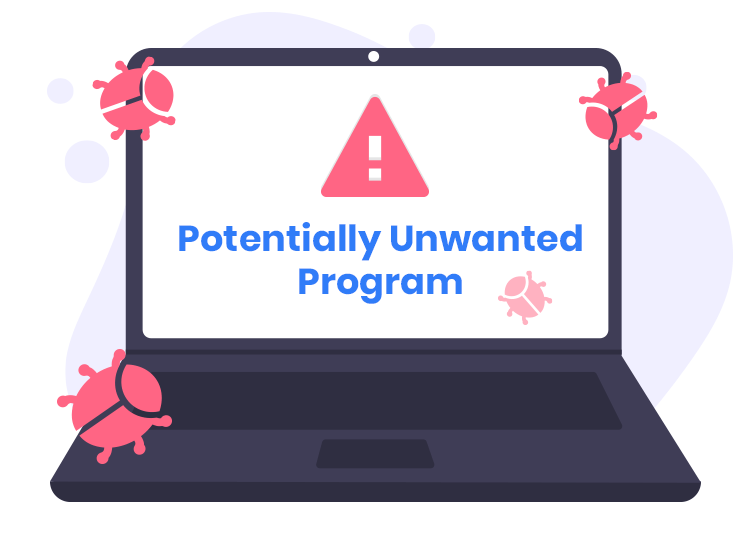In the dynamic realm of cybersecurity, the term “PUA:Win32/Presenoker” is a detection label utilized by various security solutions, including Microsoft Defender Antivirus, to identify Potentially Unwanted Applications (PUAs). This article aims to provide insights into the nature of PUA:Win32/Presenoker, its actions, potential consequences, and comprehensive measures for removal and prevention.
Decoding PUA:Win32/Presenoker
PUA:Win32/Presenoker is not a singular threat but rather a categorization used to identify a spectrum of Potentially Unwanted Applications. These applications often masquerade as legitimate or useful software but fall short of delivering promised functionalities. Instead, they may engage in activities that compromise user privacy, impact system performance, or expose users to security risks.
The primary goal of PUAs is to generate revenue for their developers through tactics such as in-app purchases, displaying advertisements, or promoting potentially hazardous content. It’s crucial to note that installations involving PUAs may introduce other untrustworthy software, exacerbating the potential risks.
Actions and Consequences
- In-App Purchases Scams: PUAs may employ tactics such as fake anti-virus software that demands payment for activation, offering no actual functionality.
- Data Tracking: Unwanted apps often track user data, including browsing habits, search queries, and even sensitive information. This data may be monetized or exploited by cybercriminals.
- Adware and Browser Hijacking: PUAs may exhibit adware traits, injecting unwanted advertisements into websites, and browser hijacking, altering browser settings to promote certain sites. Clicking on ads may lead to unintended downloads or installations.
Similar Threats
PUA:Win32/Presenoker is part of a broader category of unwanted applications. Similar threats include adware, browser hijackers, and potentially unwanted programs that deceive users and compromise their digital experience.
Removal Guide
- Identify Unwanted Programs: Check installed programs and uninstall any unfamiliar or suspicious applications.
- Browser Cleanup: Remove suspicious browser extensions and reset browser settings to default.
- System Scanning: Conduct a thorough system scan using reputable security software to detect and remove PUAs.
Best Practices for Prevention
- Exercise Caution During Installations: Be vigilant when installing software and avoid rushing through installation steps. Opt for custom installations to review bundled software.
- Regularly Update Software: Keep all software, including the operating system and security solutions, up to date to patch vulnerabilities.
- Educate Users: Raise awareness among users about the risks associated with downloading software from untrustworthy sources and the importance of verifying software legitimacy.
- Implement Security Policies: Enforce security policies that restrict the installation of software from unapproved sources.
Conclusion
Understanding and mitigating the risks associated with PUA:Win32/Presenoker and similar threats is paramount in maintaining a secure digital environment. By following best practices for removal and prevention, users can fortify their defenses against unwanted applications and enhance overall cybersecurity resilience. Vigilance, awareness, and proactive security measures play crucial roles in safeguarding against the ever-evolving landscape of cybersecurity threats.





